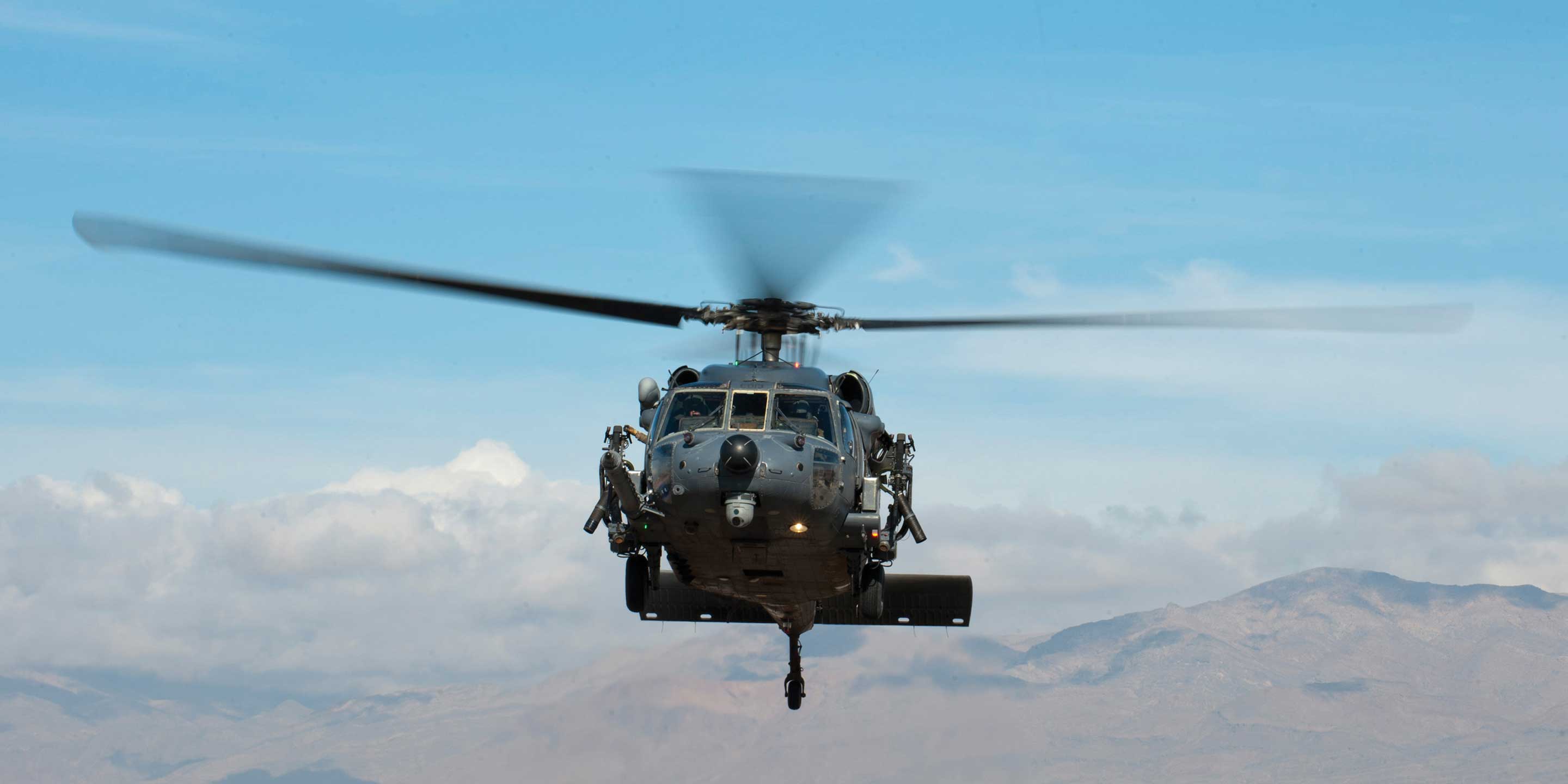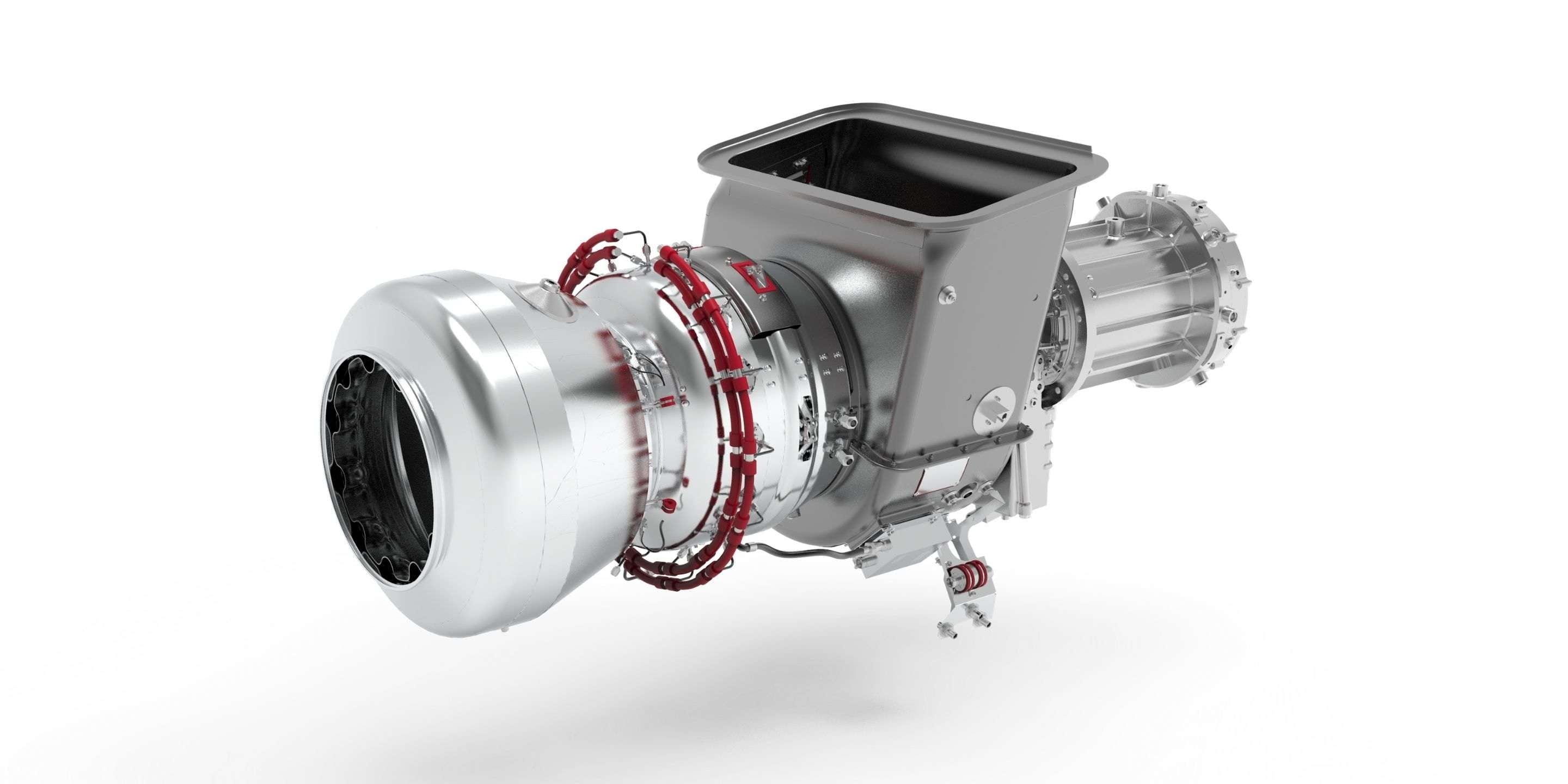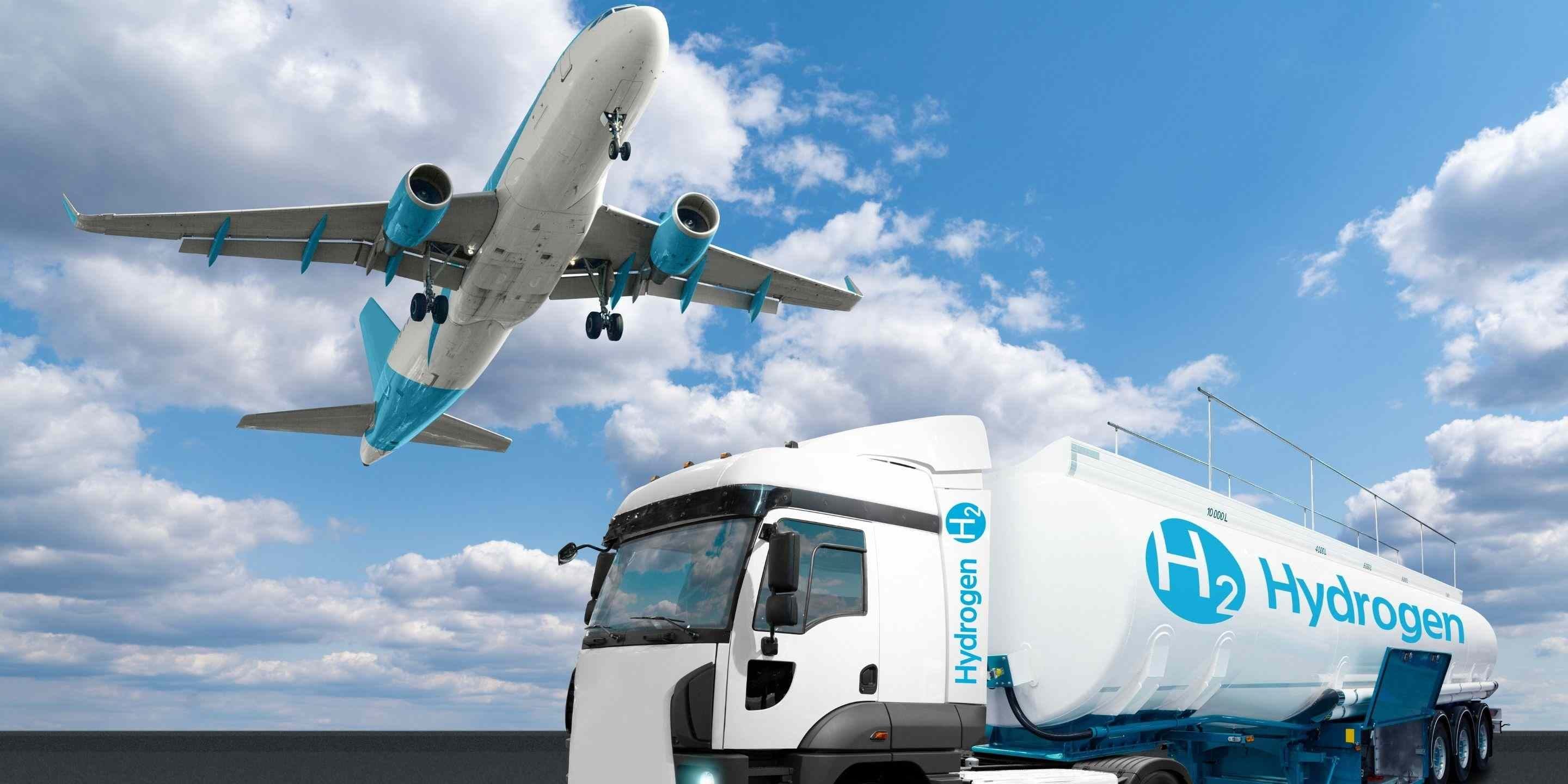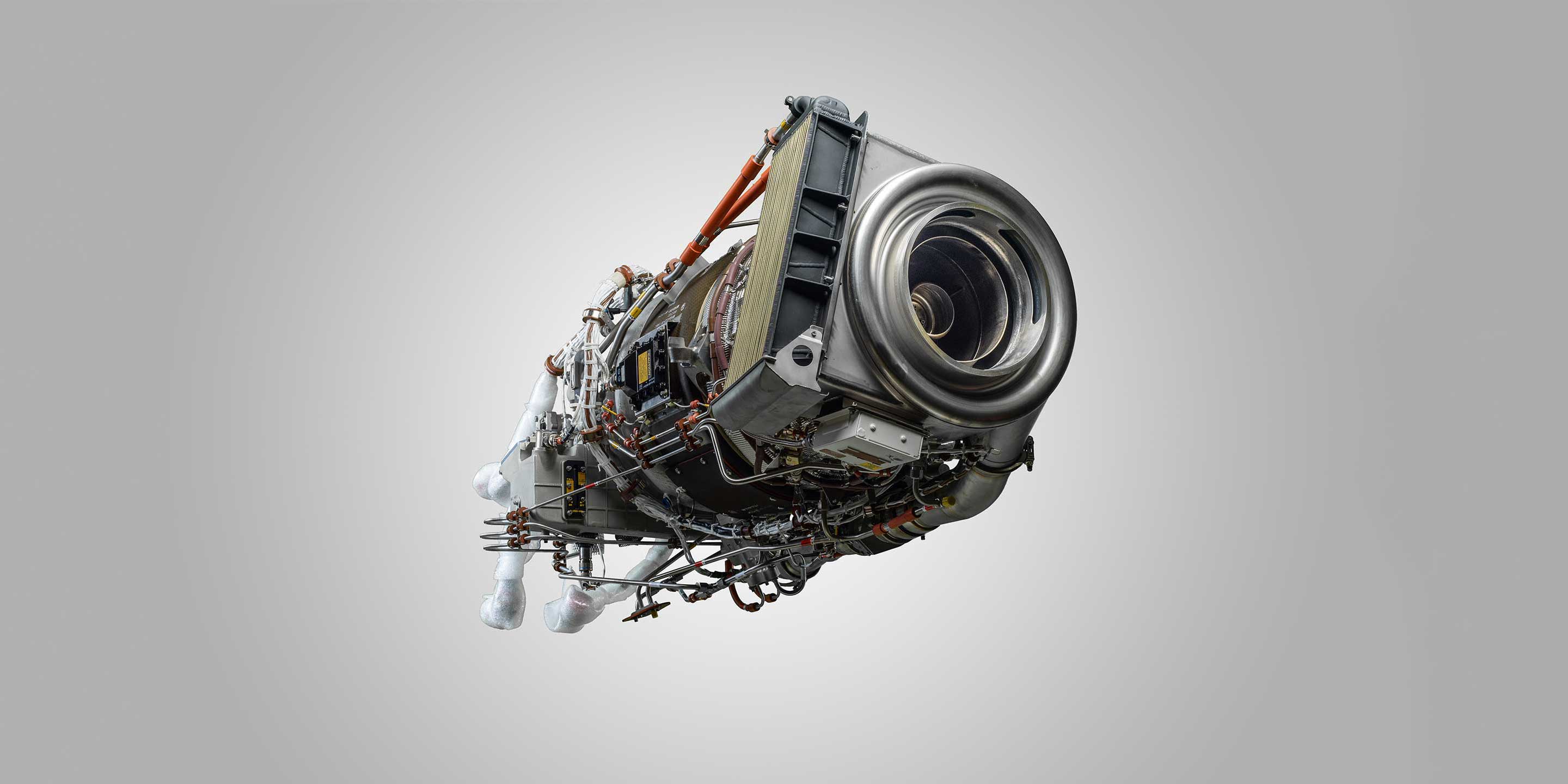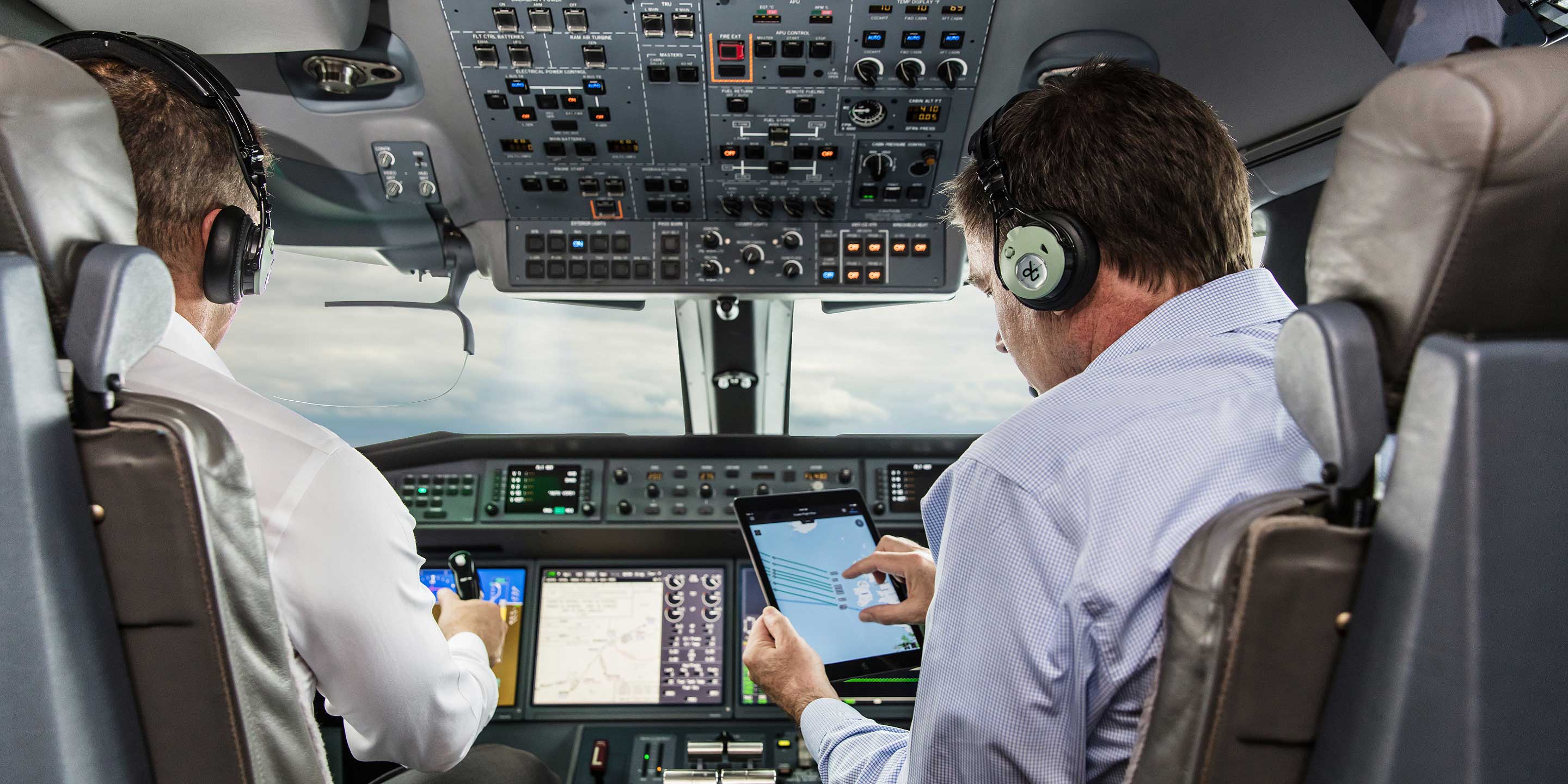Your browser is not supported.
For the best experience, please access this site using the latest version of the following browsers:
By closing this window you acknowledge that your experience on this website may be degraded.
Your company needs to shrink its environmental footprint to meet your commitments to regulators, stakeholders and our planet – there is no other option. You’ve already accomplished the no-brainer stuff. What do you do next?
Our Products
Innovative products, services and technology that lead to more sustainable numbers.
Honeywell Forge
Honeywell Forge enables you to increase flight efficiency, optimize operations and decrease your carbon footprint by performing an in-depth analysis of your data.
-
-
-
-
-
-
-
BlogElectric Aircraft Propulsion and How it WorksThere’s more than one way to propel an airplane. While it’s true that most aircraft engines today run on fossil fuels like Jet A, Jet B, Avgas or diesel, many readers may be shocked (pun intended) to learn that electric technology will change the way we think about aircraft propulsion – and sooner rather than later.
-
-
Alternative Energy Sources
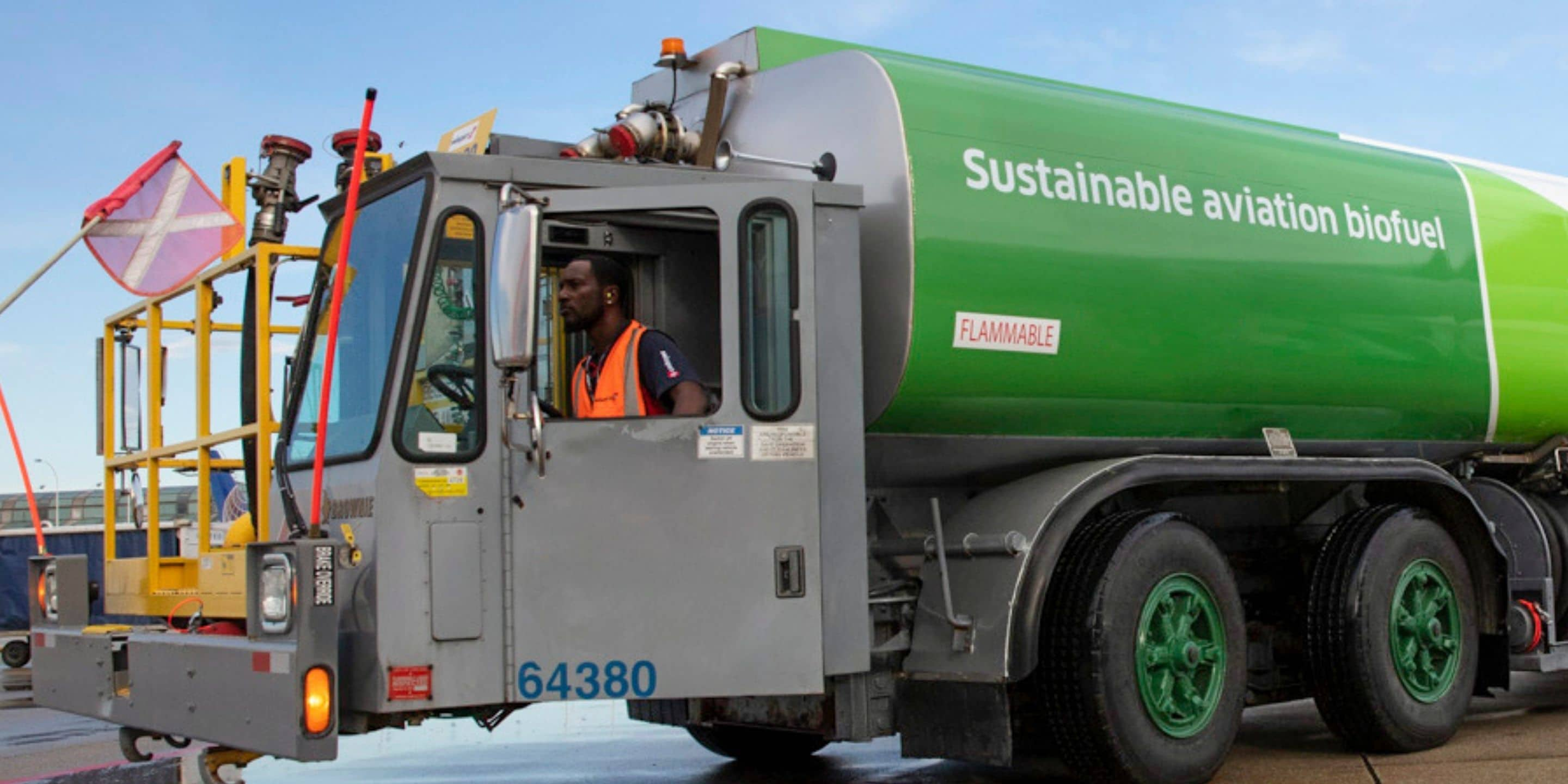
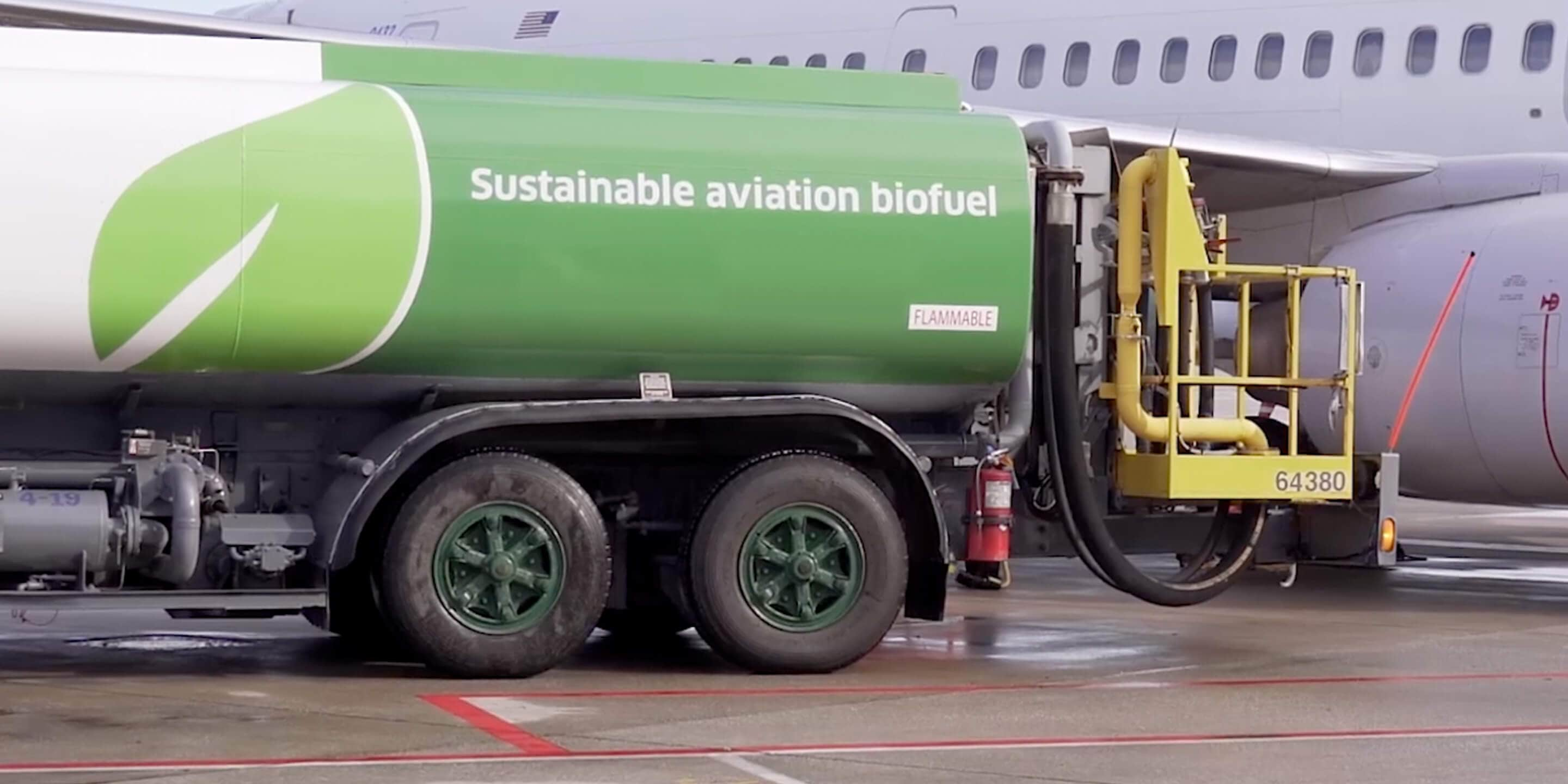

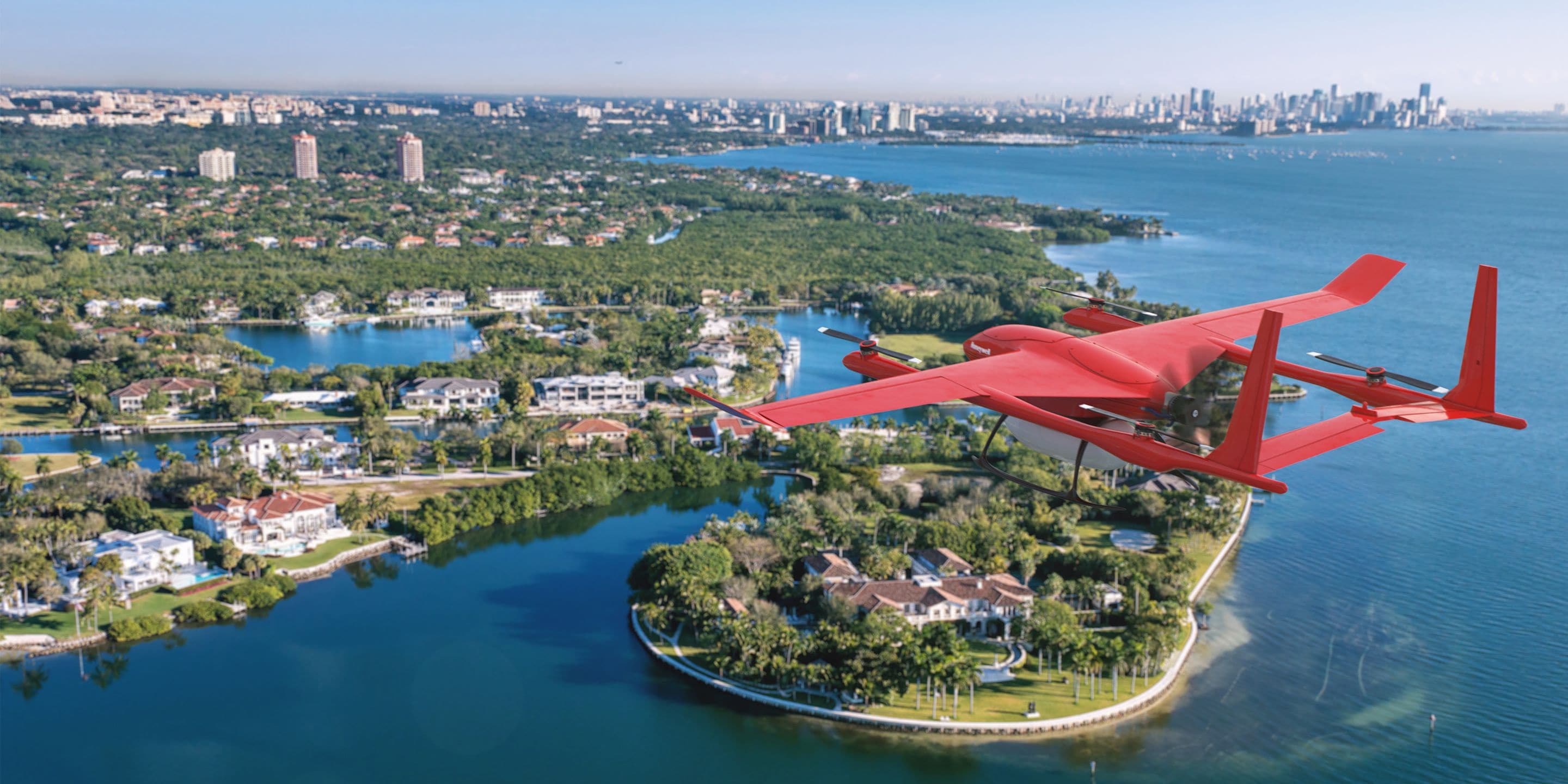
Access to Innovation

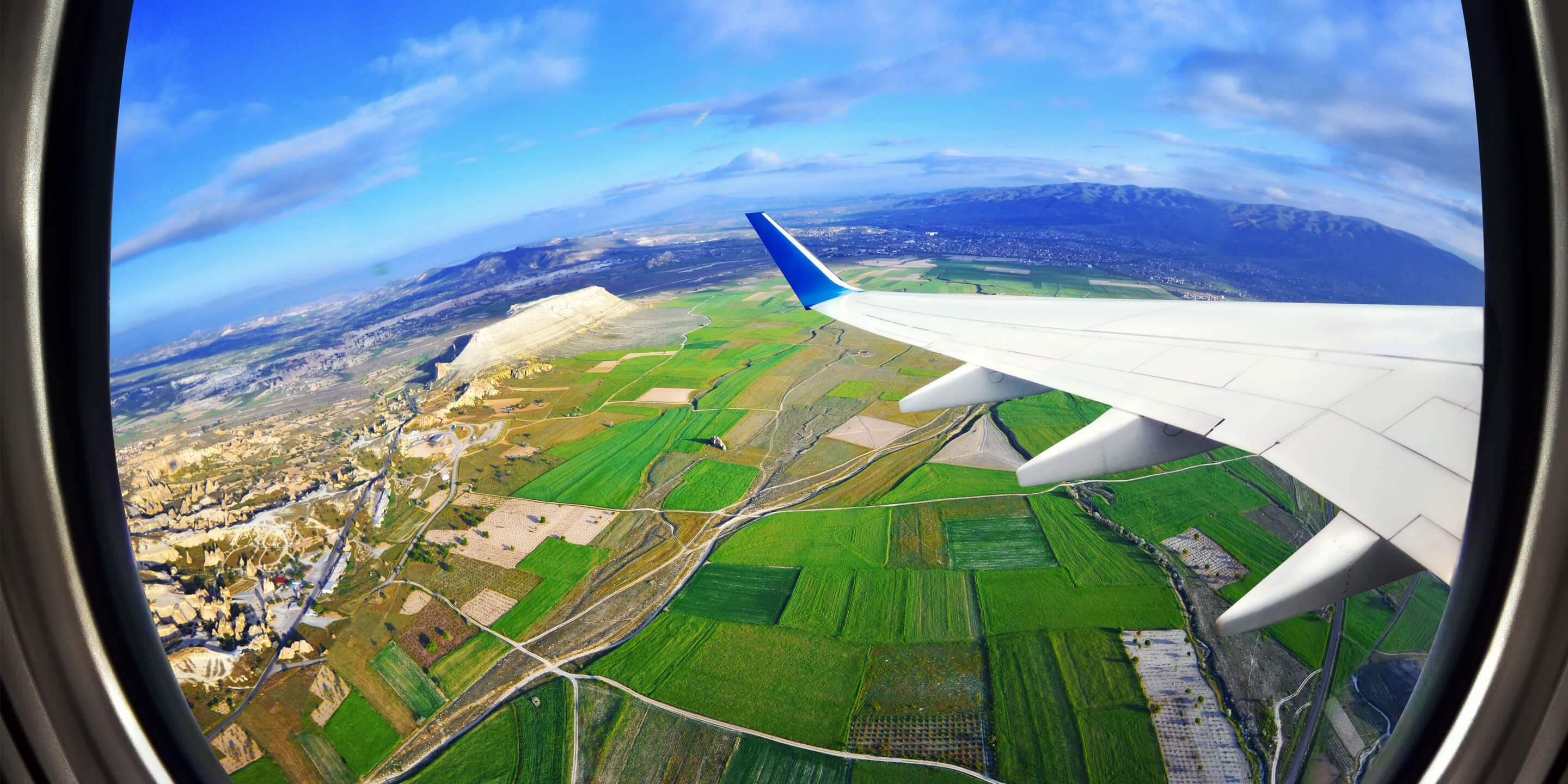
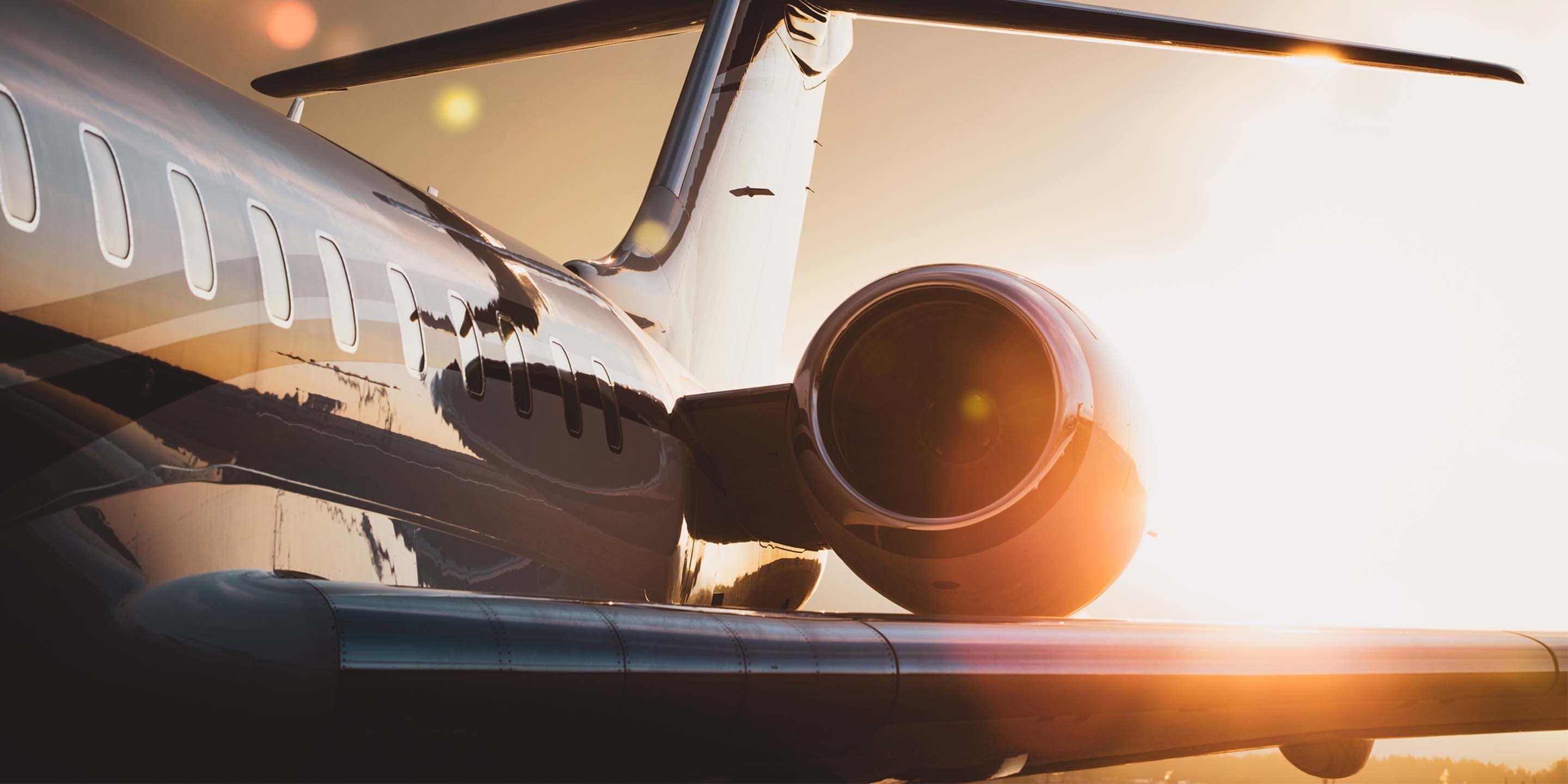
Sign Up For Our Sustainability Newsletter
Receive exclusive communications about our sustainability solutions, events, news, surveys and more.

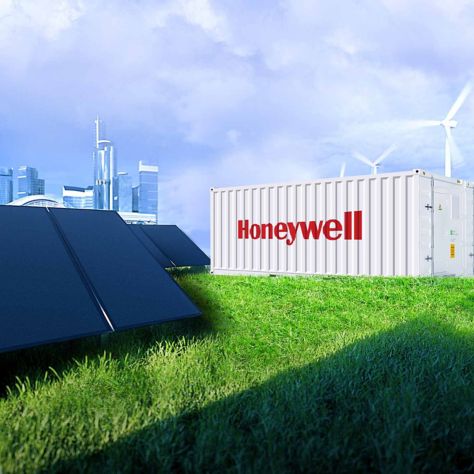
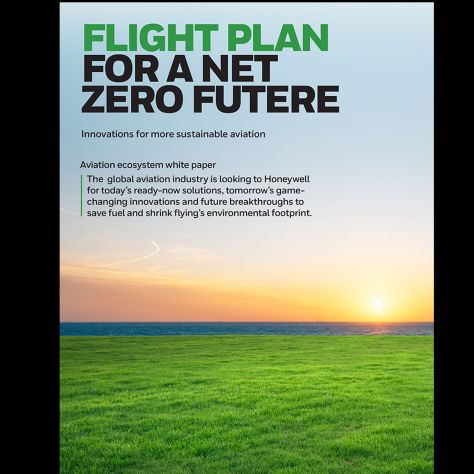
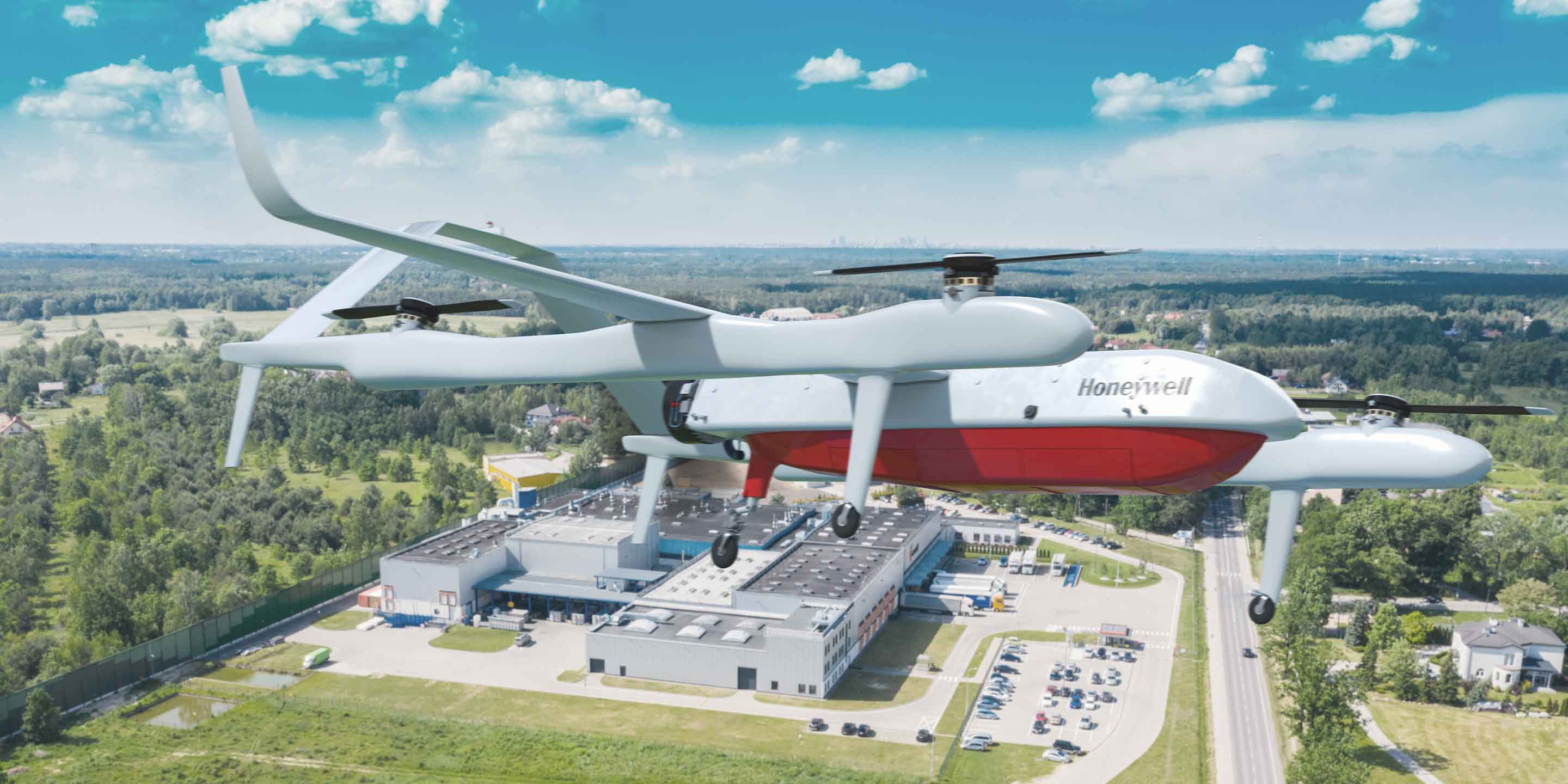
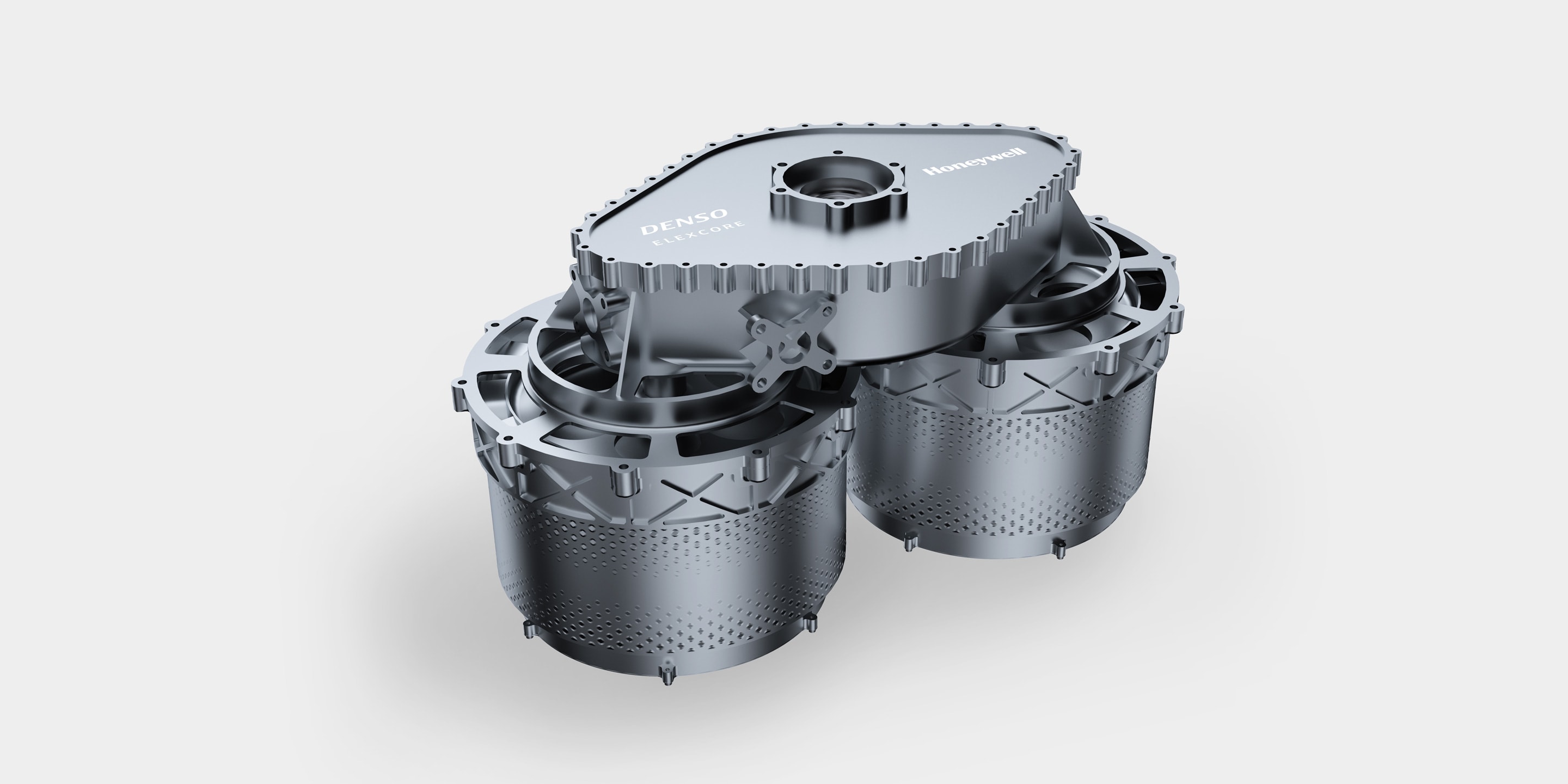
_2880x1440.jpg)

